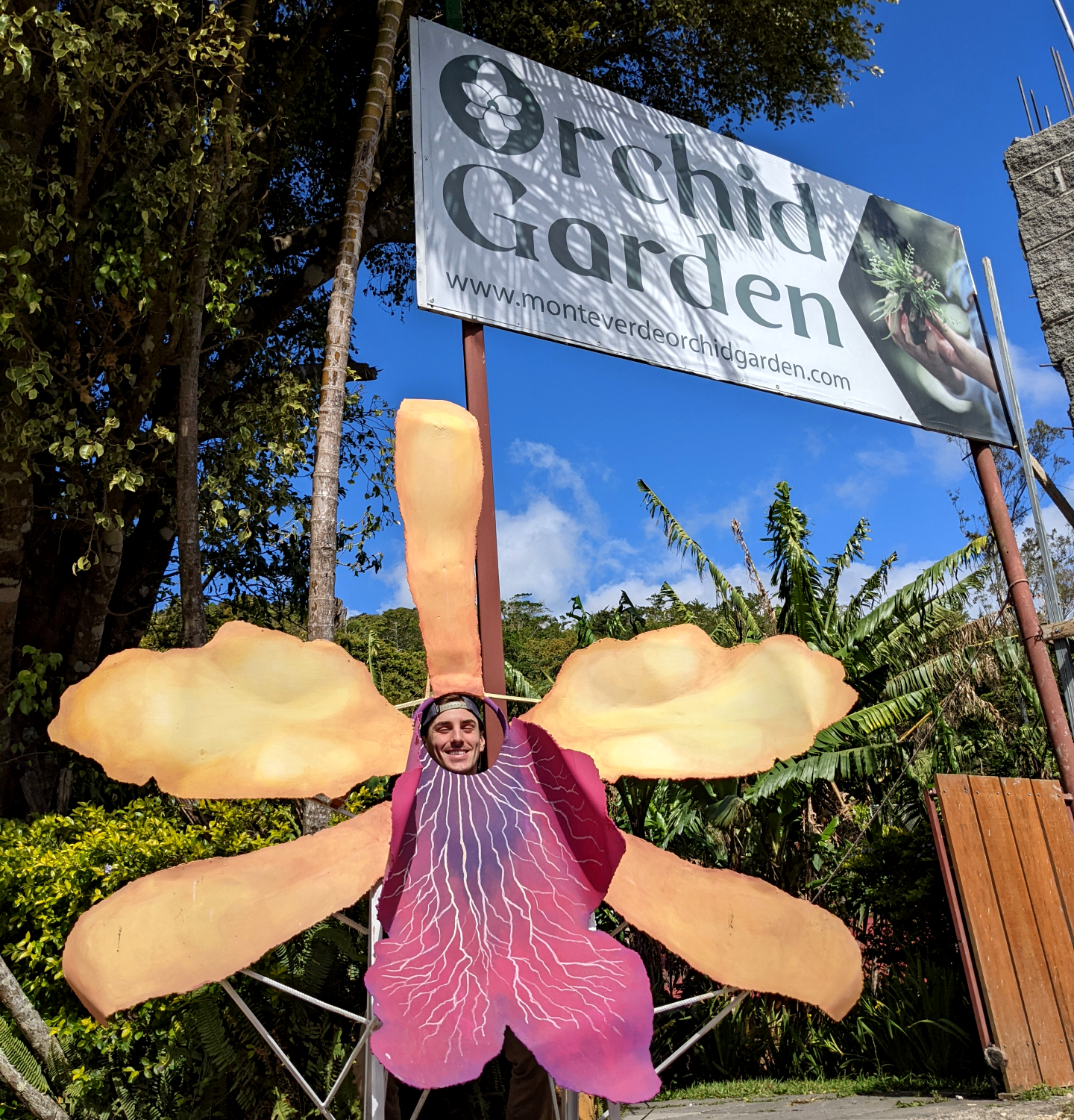A Journey into the Jungles of Costa Rica
Posted by Adam Kostanecki on Mar 11, 2022
Browsing the wide array of flower photos displayed on orchid websites, our eyes fall upon one beautiful blooming image after another. Within minutes, we're showered with colors ranging from white to dark purple, bright green to vibrant red, and everything in between. Yet, behind each of these fantastic flowers is a legacy of both natural species-specific traits and intentional selections by orchid collectors and breeders. In some recent travels of mine, I found that the value of today's orchid availability can truly be appreciated with a trip into the jungle!

Observing Orchids in the Wild
In February of 2022, I had the pleasure of traveling to the tropical country of Costa Rica. During my visit, I ventured through cloud forest and rain forest habitats, keeping an eye out for any in situ ("in the original place") orchids that I could spot along the trails. These orchids could be found in different sections of the forest depending on the microclimate preferences of each genus. In the Monteverde Cloud Forest Preserve, I was surrounded by Pleurothallidinae and Maxillaria thriving in the cool, misty habitat as they grew on shaded trees. By contrast, the gusts of wind that would bring interchanging rain showers and bright bursts of sunlight made Arenal Volcano National Park more fitting for the species of Phragmipedium and Sobralia that could be found there. The hardy genus of Epidendrum, as it turned out, thrived in each of these climates and anything in between. If we ever were to create OrchidWeb greeting cards, my first suggestion would be, "You've got this! Have the resilience of an Epidendrum!" I'm quite fond of this one, but the rest of the staff told me to take a second look at the drawing board... In any case! It was during my observation of these wild-type orchids in their native habitat, that the quality of cultivated, greenhouse-grown orchids became readily apparent to me.
Orchids are famous for the diverse ways in which their flowers mimic pollinator mates, pollinator food sources, and other flowering plants within the same region. This last point of mimicry was clear in the flowers of Epidendrum radicans, a species that grows in both cloud and rainforests, which blooms with red petals and sepals accented by a ruffled orange lip. Despite this pronounced floral display, this orchid offers no nectar to reward the pollinators it attracts. Why then, do these unsuspecting pollinators fall for this misleading presentation often enough to maintain this trait's presence in this species?
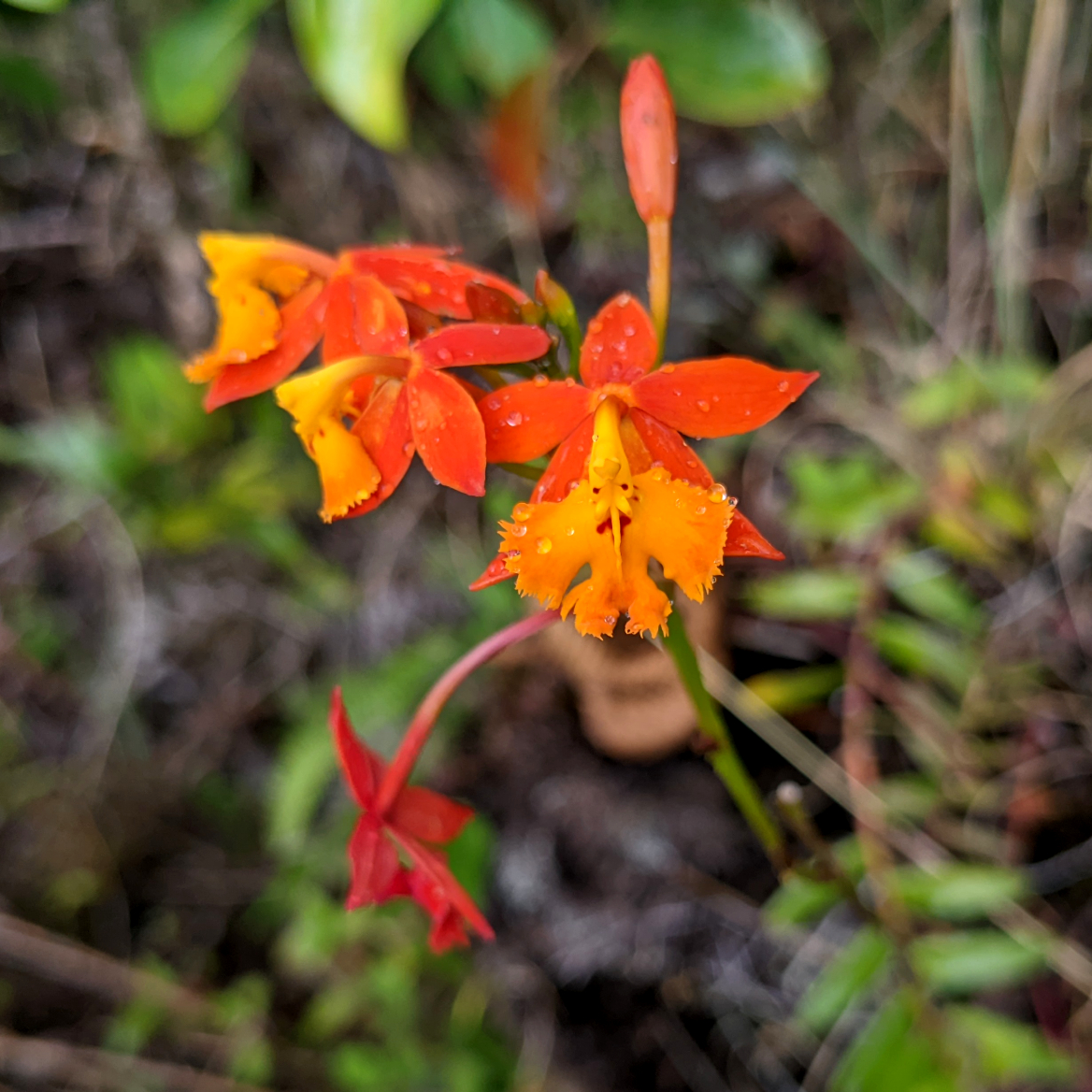
Epidendrum radicans, an orchid species seen blooming in Arenal Volcano National Park. This plant was growing in a thin organic layer on top of porous volcanic rock.
 Asclepias curassavica, a tropical milkweed whose flowers have been theorized to be mimicked by Epidendrum radicans.
Asclepias curassavica, a tropical milkweed whose flowers have been theorized to be mimicked by Epidendrum radicans.
Enter the tropical milkweed, Asclepias curassavica. This abundantly-growing plant produces nutritious floral nectar that entices pollinators to land and feed on, thereby assisting in pollinating this species. In this case, botanists have theorized that E. radicans acts as a Batesian mimic of A. curassavica: possessing the floral color traits that resemble this nectar-producing milkweed, without providing that same nutritious reward that the pollinator is seeking. While field studies over the past forty years have produced mixed results as to the strength and definitiveness of this potential correlation, the biogeographic overlap of these two species makes them a continued source of inquiry into the orchid world's fascinating methods of attracting pollinators.
Of course, the attractiveness of wild orchids only goes so far as their pollinators are concerned. Take a wild form of a different species, Phragmipedium longifolium var. hartwegii, for example. The petals may be of intermediate length and have minimal spiraling to them, with a dorsal sepal that lacks a firm upright growth habit, and a pouched lip that juts outwards, together creating a closed appearance to the flower. The selection pressure on this orchid's flowers has been on the traits that lead to the highest chances of pollination. By contrast, collected orchids of this species will have likely been selected in favor of traits that add to the flower's visual appeal: open, flat-facing flowers with longer, more curled petals and increased vibrancy in the flower's coloration. At this point, pollinator pressure has stepped aside as human preference takes the lead!
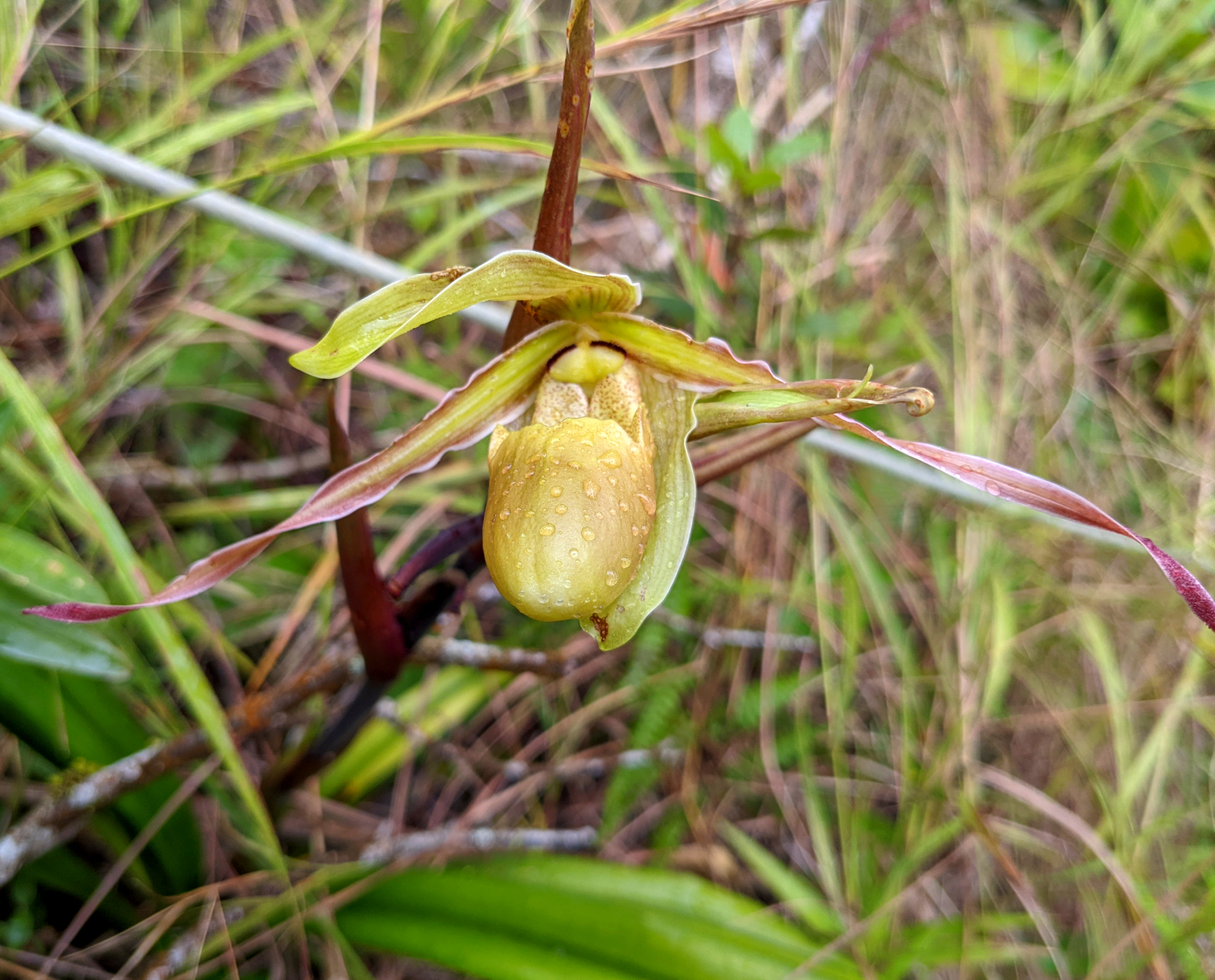
Phragmipedium longifolium var. hartwegii, another orchid species seen blooming in Arenal Volcano National Park. This and three other blooming specimens were observed growing in a thin organic layer on top of porous volcanic rock.
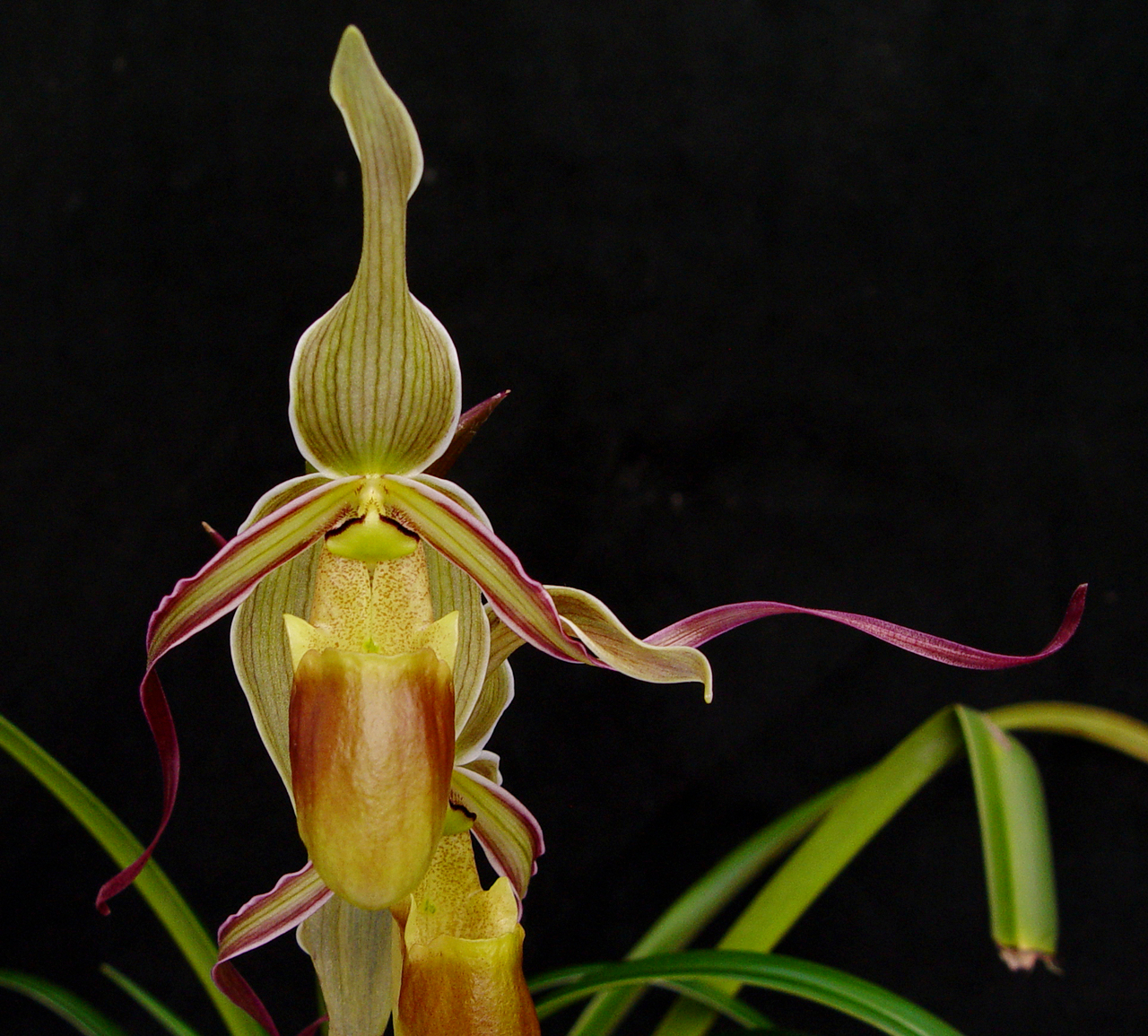 A select clone of Phragmipedium longifolium var. hartwegii, collected from the jungles of Panama during an expedition in 1987.
A select clone of Phragmipedium longifolium var. hartwegii, collected from the jungles of Panama during an expedition in 1987.
For centuries, orchid hobbyists have been drawn to the most beautiful floral and growth displays that nature has had to offer. For most of that time, these plants could be plucked from their habitats without restriction, only coming under the protection of international regulations in recent decades. Here at Orchids Limited, preserving collected orchid species is a key element in our breeding program. By having each species grouped together in our collection, we have the opportunity to evaluate each plant for its vigor and quality. The best plants are given clonal names, nurtured to specimen size, and utilized in sib crosses. Whether by enhancing flower quality or by increasing the ease of growing a challenging species, our breeding practices strive to develop improvements in customer appeal and survivability of the rare species in our collection.
Despite the widespread appreciation for orchids throughout history, there remain unidentified species that serve as mysteries for the taxonomists of the future! Along my travels, I identified a Stelis orchid, a genus that is central to this predicament. This member of the Pleurothallidinae subtribe is fraught with discussions between taxonomic "splitters", who advocate for numerous species with overlapping biogeographic regions, and "groupers", who see a single species spanning a wide geographic range with numerous varieties of flower form and color. This is one of the reasons why the orchid world never ceases to excite me! It is an ever-changing field that allows for endless learning opportunities for taxonomists and orchid hobbyists alike.

Stelis sp. spotted in-bloom on a fallen tree branch in Monteverde Cloud Forest Preserve.
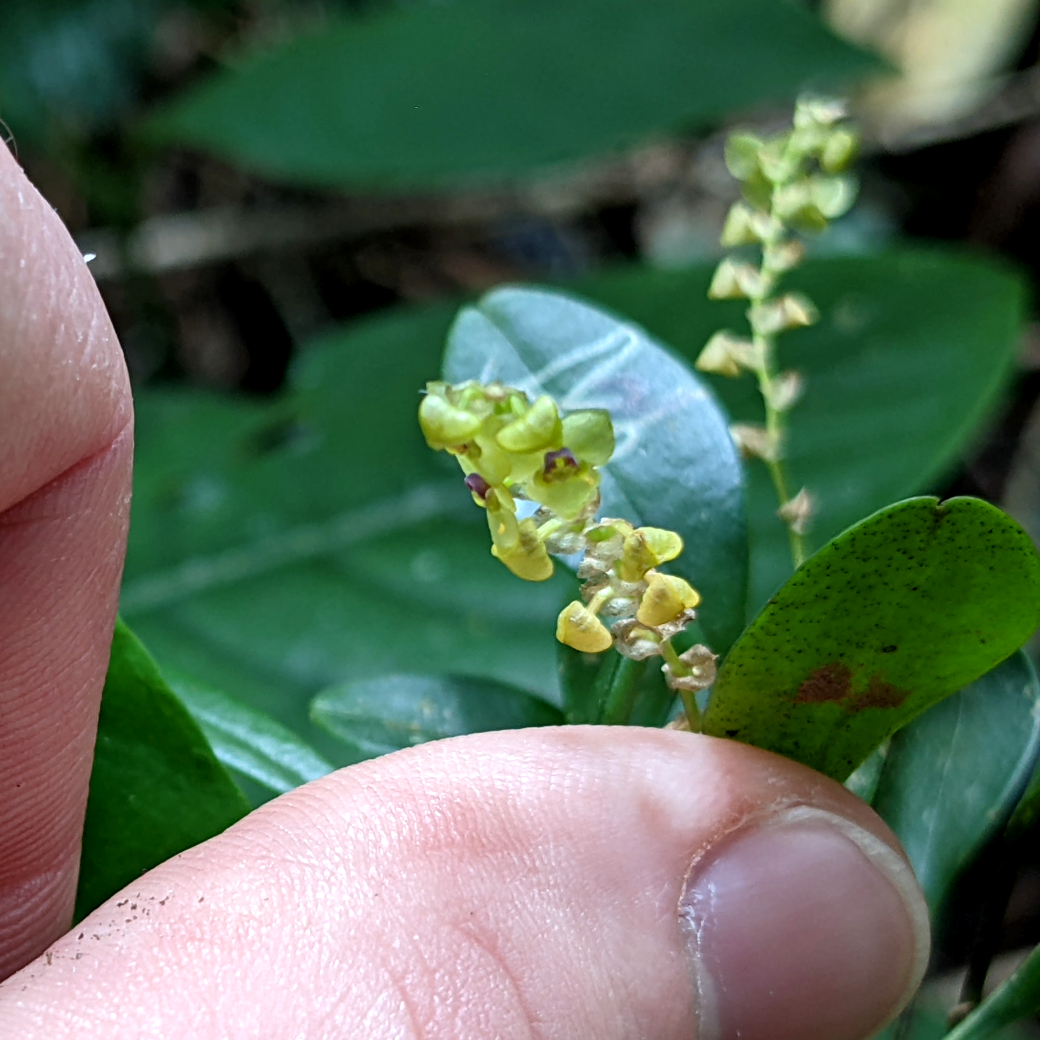
A close up of a Stelis sp. flower spike, spotted on a fallen tree branch in Monteverde Cloud Forest Preserve. The petals had a lime-green color to them, with a distinct purple column in the center. There were no hairs present on the petal margins.
The Hobbyist's Life Hack: Orchid Gardens!
Although the exciting feeling of spotting an orchid growing on the side of a tree is worthwhile, searching for these plants in their native habitat comes with its challenges. Orchids may be growing high up in the tree, at which point a pair of binoculars will only provide a general sense of the plant's identity. Not only that, but walking for several hours with your neck craned back, scanning the forest for orchids, the physical strain begins to take its toll. Fortunately, orchid gardens offer the respite necessary for a hobbyist facing this predicament!
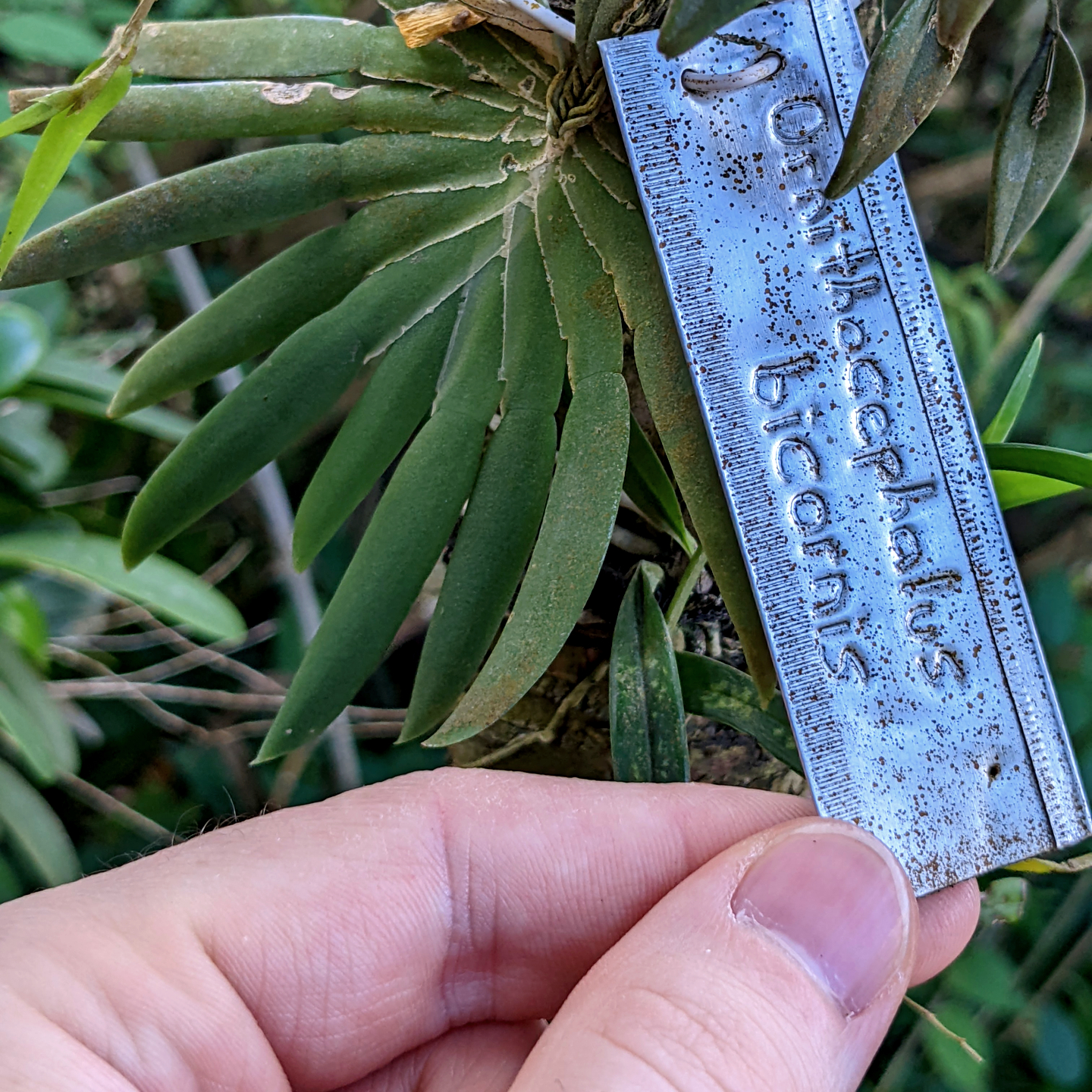
Metal labels provide the benefits of quick, easy, and long-lasting identification.
Orchid gardens can come with their own set of surprises as well! During my visit, I was impressed to be shown a preserved specimen of one of the local orchid pollinator wasps. While I don't possess a phobia of insects myself, the size of this insect made me think twice about whether I'd keep my composure around a living example. But the eye-opening sightings didn't end there. My eyebrows jumped up a second time when I stumbled upon a rusty wheelbarrow filled to the brim with a Cattleya specimen that was thriving!
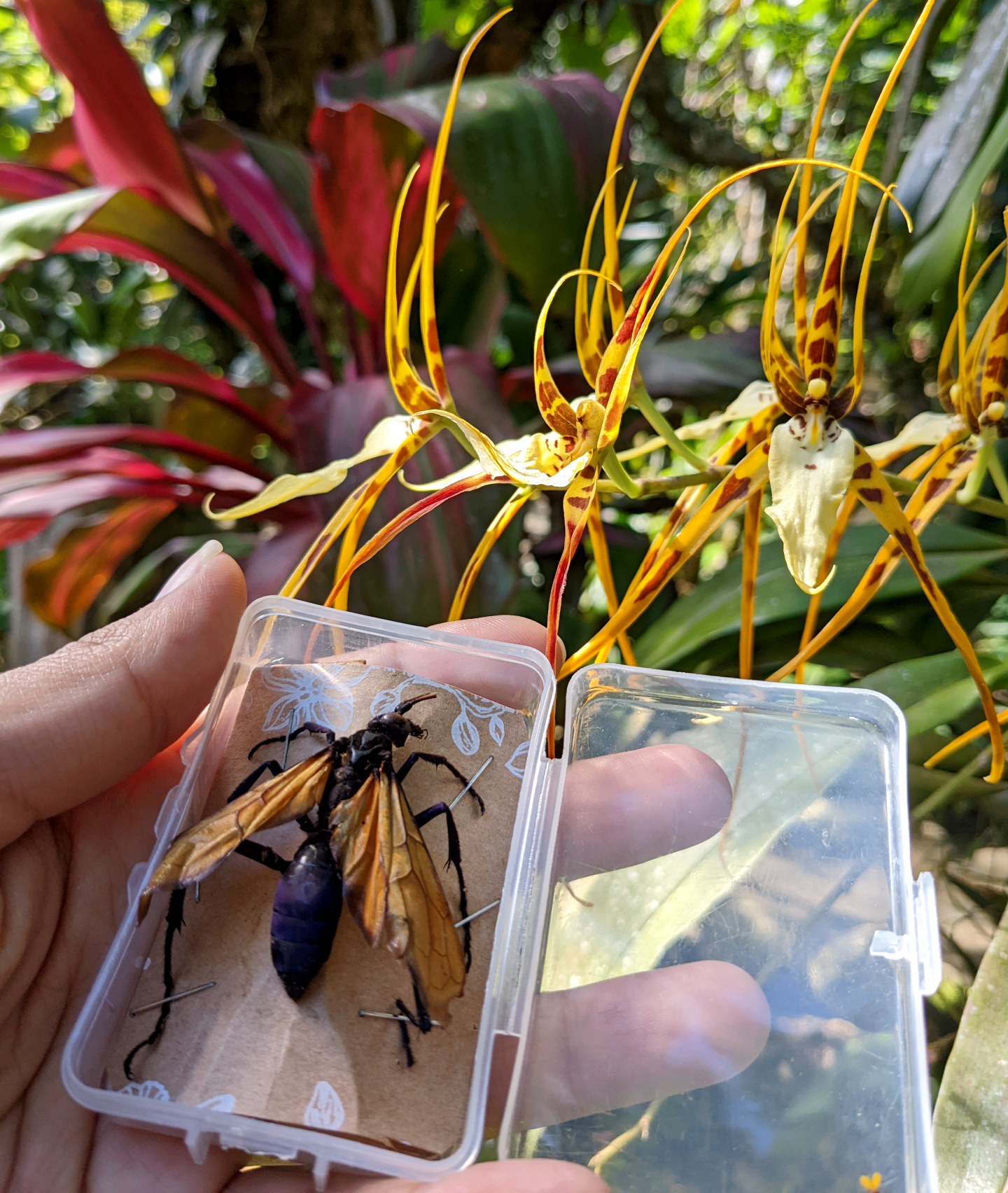 A preserved specimen of a native wasp that pollinates orchids, held next to a Brassia flower for scale.
A preserved specimen of a native wasp that pollinates orchids, held next to a Brassia flower for scale.
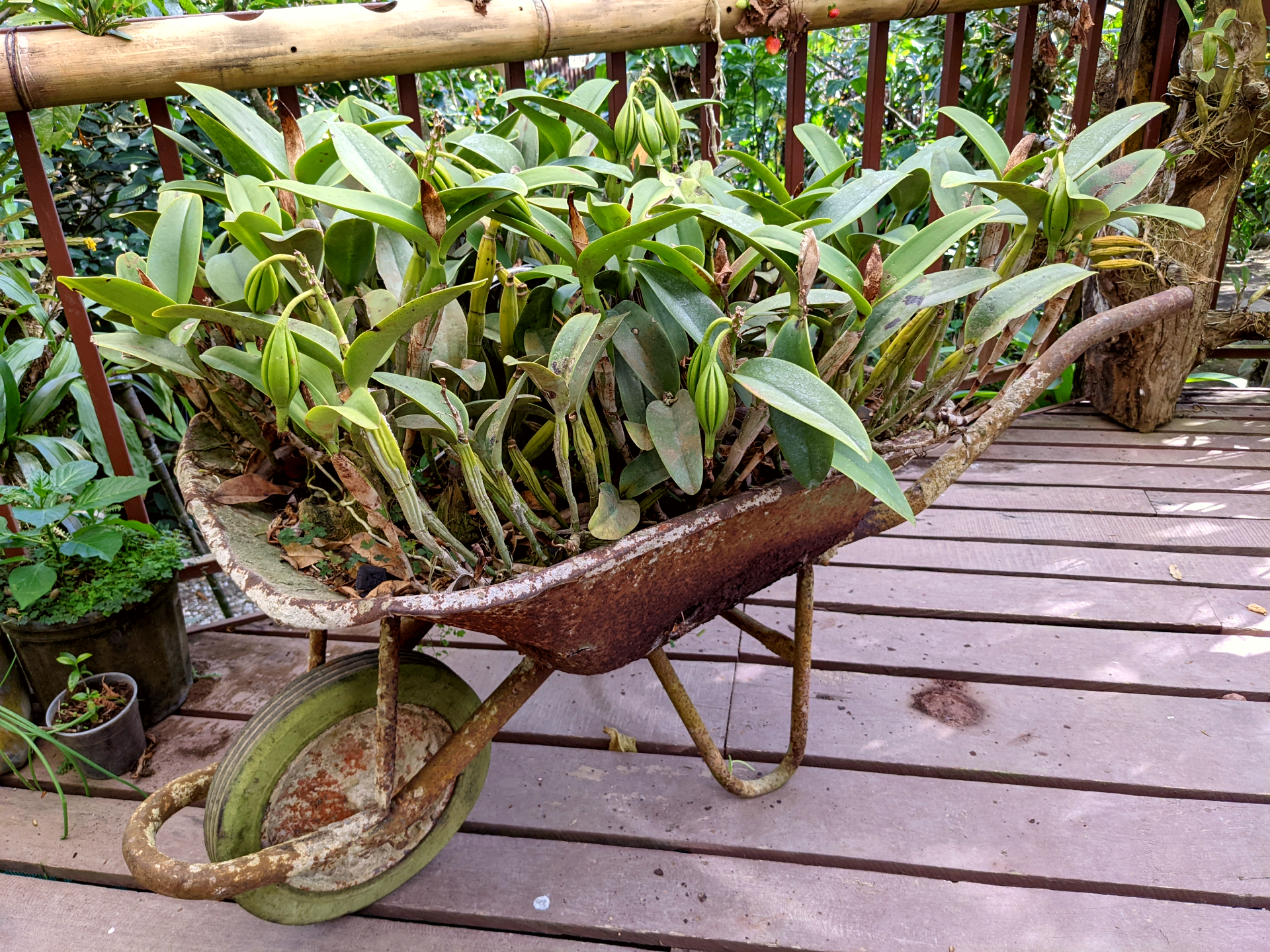 A Cattleya specimen that had thrived while growing within the basin of a rusted wheelbarrow.
A Cattleya specimen that had thrived while growing within the basin of a rusted wheelbarrow.
As the last orchid-related stop along my journey, the orchid garden of Monteverde was the cherry on top of an already successful adventure. After a week of thrilling insights and enriching experiences, it was time to return home to Minnesota and the comfort of our familiar greenhouses. I left Costa Rica with a newfound understanding of the rarity of orchids in their native environments. Not only that, but my appreciation for the quality of our orchids has deepened significantly. I'm happy to be back in the groove of helping provide you all with orchids through OrchidWeb, and am looking forward to the international expeditions that await me in the future.
Cheers!
Adam Kostanecki
